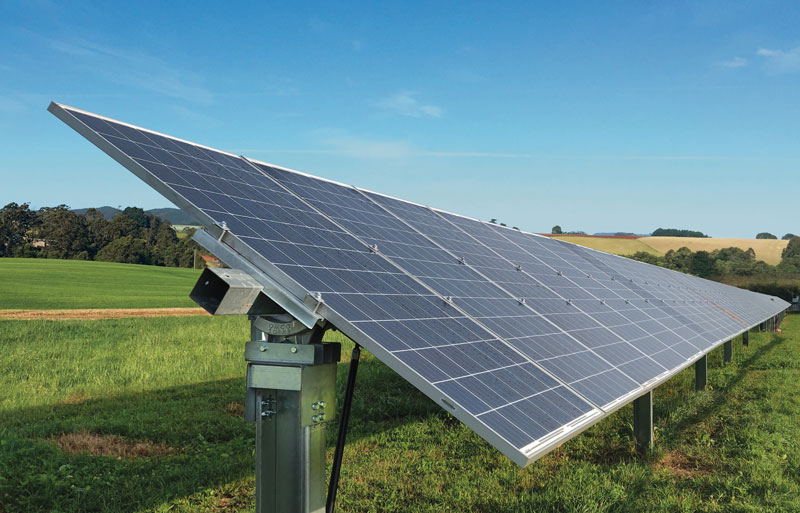As the world increasingly embraces renewable energy solutions, solar power stands out as one of the most promising sources of clean electricity. Solar panels, often installed on rooftops or ground mounted structures, capture sunlight and convert it into energy.
However, when it comes to ground mount solar systems, there’s a way to further optimize energy production. These innovative mechanisms adjust the angle and orientation of solar panels to follow the sun’s movement throughout the day. In this article, we’ll delve into the benefits of solar tracking systems in ground mounted setups and how they contribute to significantly increasing energy production.
Understanding Solar Tracking Systems
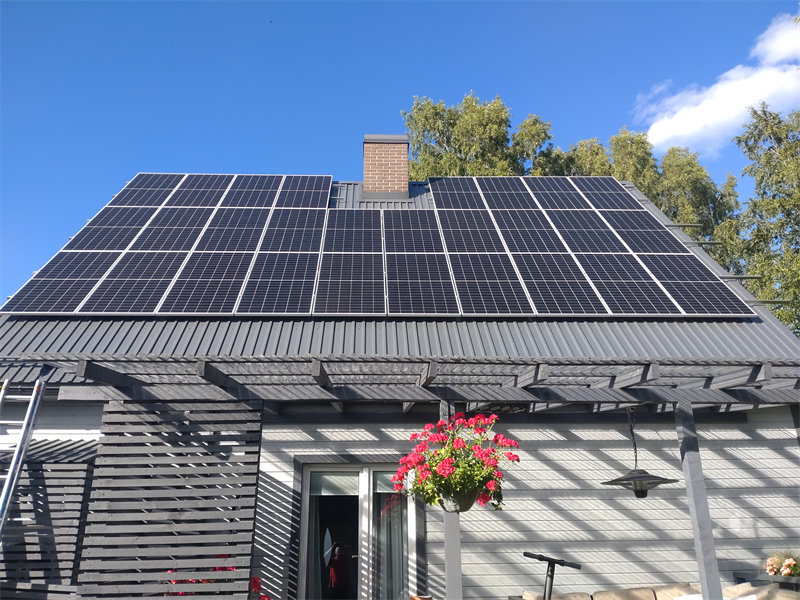
Solar tracking systems are a technological advancement that addresses one of the inherent limitations of static solar panel installations: their fixed position. Traditional solar panels are mounted at a fixed angle, which is usually optimized for the average sun position during the day. However, the sun’s angle changes as it moves across the sky, leading to suboptimal energy capture during certain periods.
Solar tracking systems mitigate this issue by allowing solar panels to move and follow the sun’s path, adjusting their orientation to receive direct sunlight as much as possible. These systems can be either single-axis or dual-axis, depending on their range of motion. Single-axis trackers follow the sun’s movement from east to west, while dual-axis trackers also adjust for changes in the sun’s height in the sky.
Benefits of Solar Tracking Systems in Ground Mounted Setups
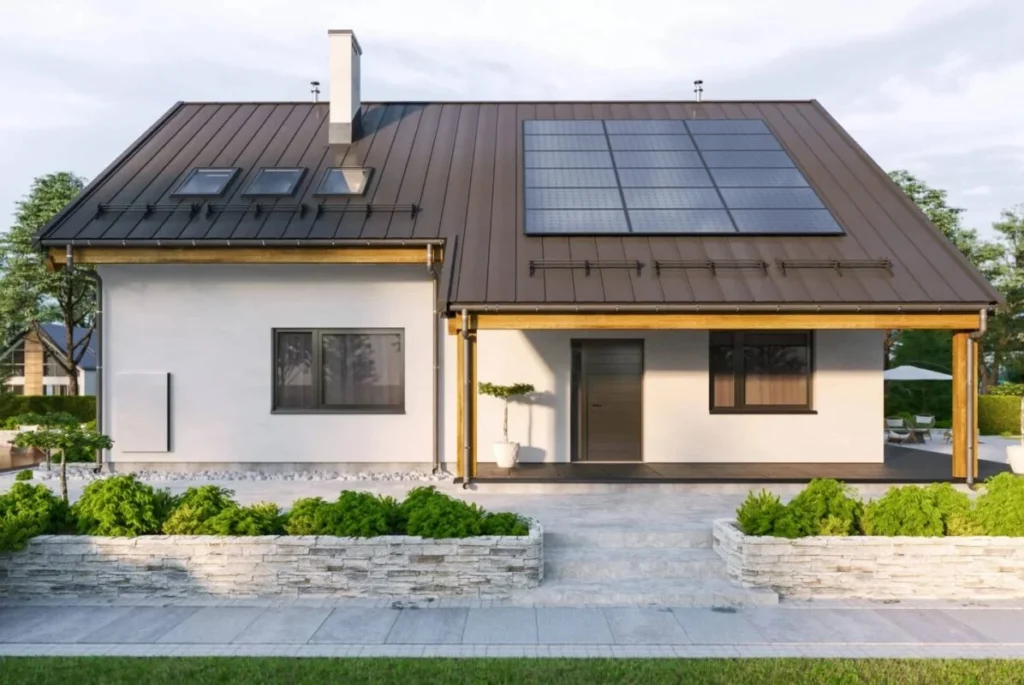
Solar tracking systems offer a range of benefits, especially when integrated into ground mounted solar installations. Here’s a closer look at how these systems can significantly increase energy efficiency:
1. Optimal Sunlight Exposure
The primary advantage of solar tracking systems is their ability to keep solar panels pointed directly at the sun throughout the day. This means panels receive a higher intensity of sunlight for a longer duration compared to fixed-angle panels. The result is a considerable boost in energy production.
2. Increased Energy Generation
Studies have shown that solar tracking systems can increase energy generation by 20% to 40% or more, depending on various factors such as geographic location, weather conditions, and the specific tracking technology used. This increased energy output translates to greater electricity savings and a faster return on investment.
3. Extended Daily Production Window

Fixed-angle panels generate the most energy when the sun is directly overhead. Solar tracking systems, on the other hand, capture energy from early morning until late afternoon, effectively extending the daily production window. This is particularly valuable during peak demand hours when electricity rates are often higher.
4. Mitigating Shading Effects
Shading from nearby objects like trees, buildings, or structures can significantly reduce the energy output of solar panels. Solar tracking systems can help mitigate shading effects by adjusting the panels’ orientation away from the shading object, allowing them to capture more sunlight despite the obstruction.
5. Improved Seasonal Performance
Solar tracking systems are particularly advantageous during the changing seasons. In the winter, when the sun is lower in the sky, these systems can tilt panels to capture sunlight more effectively. During the summer, they can adjust to prevent overheating and maintain optimal energy production.
6. Enhanced Energy Resilience
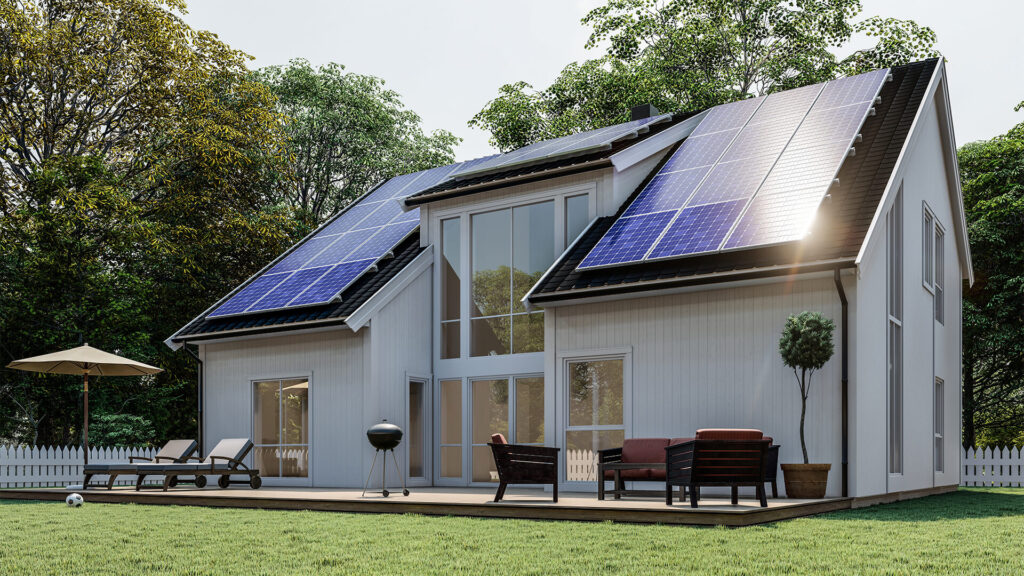
By generating more energy, solar tracking systems contribute to greater energy resilience. This is especially valuable during periods of high demand, grid outages, or emergencies when having an additional energy supply can be crucial.
7. Educational and Promotional Value
In addition to the practical benefits, solar tracking systems also have educational and promotional value. Their dynamic movement captures attention and highlights the innovation behind solar technology, making them a valuable educational tool for schools, businesses, and communities.
Factors to Consider
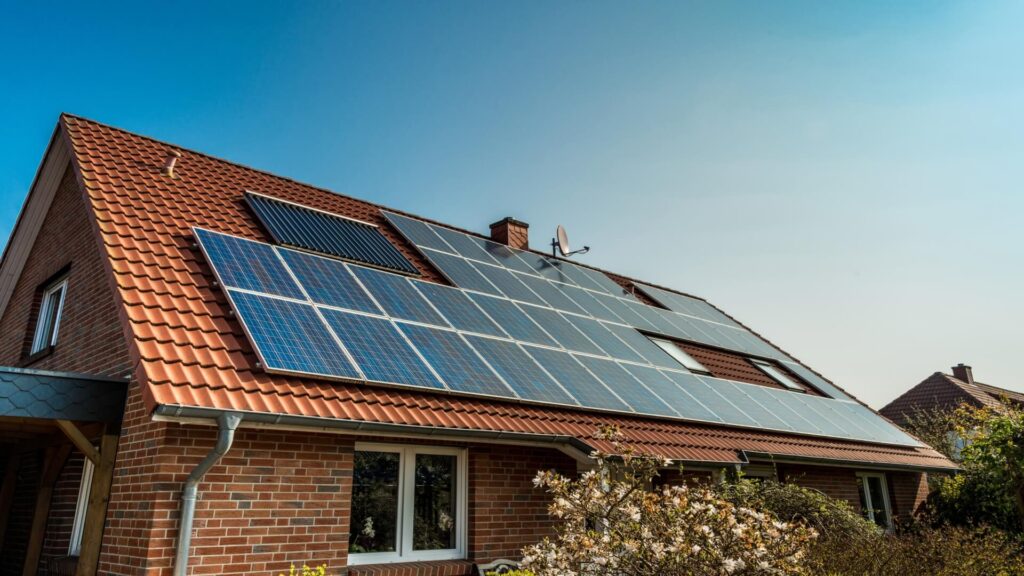
While solar tracking systems offer numerous advantages, it’s important to consider some factors before deciding to implement them:
1. Cost
Solar tracking systems are more complex and expensive to install compared to fixed-angle systems. The initial investment includes the cost of the tracking mechanism, additional wiring, and maintenance.
2. Maintenance
Solar tracking systems have moving parts that require maintenance to ensure smooth operation. Regular inspections and maintenance checks are necessary to prevent malfunctions and ensure the system’s longevity.
3. Geographic Location
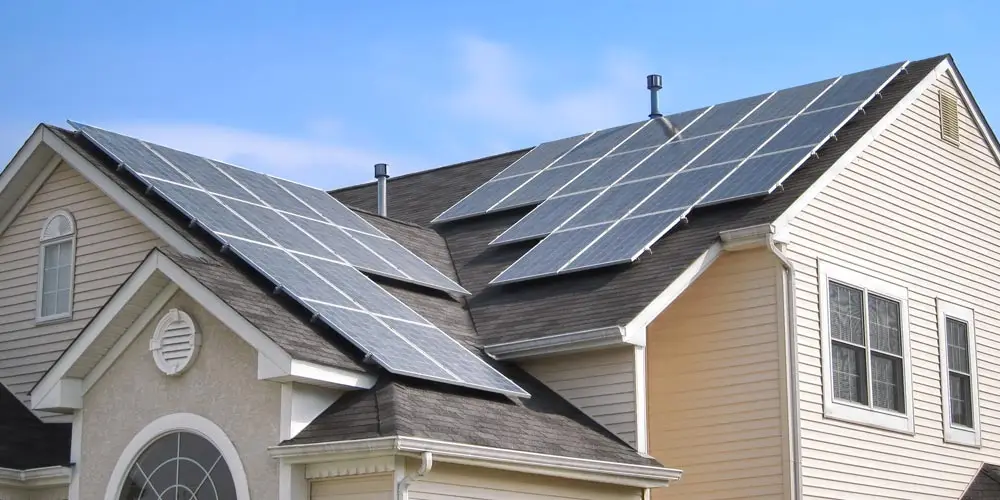
The benefits of solar tracking systems can vary based on your geographic location. Areas with consistent and clear sunlight will see greater gains in energy production compared to regions with frequent cloud cover.
4. Available Space
Solar tracking systems require more space than fixed-angle systems due to the panels’ movement. Ensure you have sufficient space available to accommodate the tracking mechanism and panel adjustments.
5. Energy Needs
Consider your energy consumption and goals when deciding whether to invest in a solar tracking system. If you have high energy demands and ample space, the increased energy production from tracking systems could be particularly advantageous.
Conclusion
Solar tracking systems are a testament to the continuous innovation within the solar industry. By allowing solar panels to follow the sun’s path, these systems maximize energy production, increase efficiency, and contribute to a greener and more sustainable energy future. While there are upfront costs and maintenance considerations, the long-term benefits in terms of energy savings, extended production hours, and improved energy resilience make solar tracking systems a compelling option for ground mounted solar installations. As technology continues to evolve, these systems have the potential to play a vital role in shaping the way we harness solar energy and meet our growing power needs.
